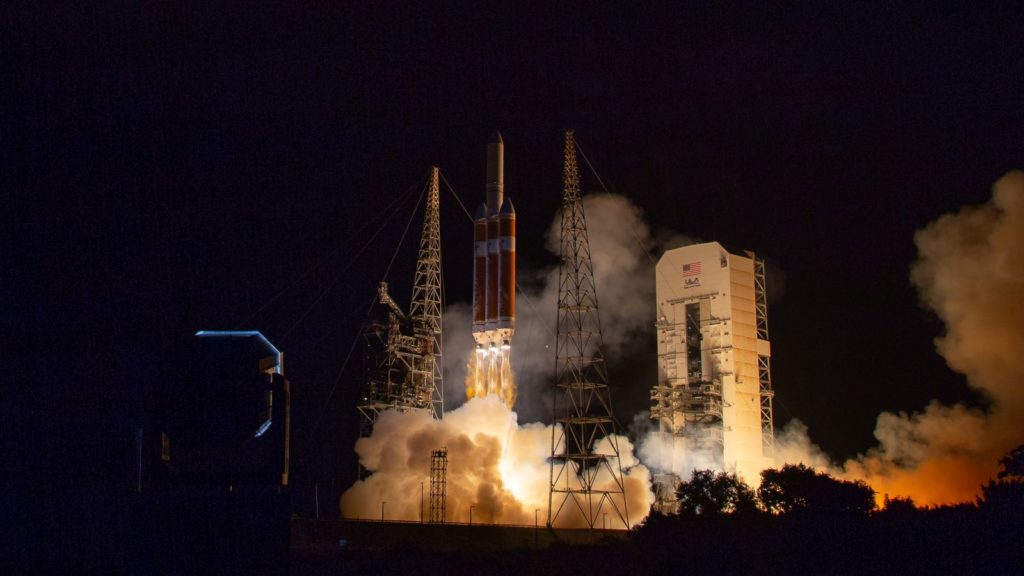OpenAI has launched GPT 5.2, a major model upgrade now available in both the API and ChatGPT. It is described as the company’s most…
NASA’s Parker Solar Probe hits 95km/s while orbiting the Sun

Launched in August, NASA’s Parker Solar Probe recently undertook its first dangerous steps towards the Sun.
The probe this weekend announced itself safe and fully functional after it endured its first perihelion, or close pass of the Sun’s surface.
Wednesday at 4:46 p.m. EST, mission controllers at @JHUAPL received the first signal from #ParkerSolarProbe after its close approach to the Sun, indicating that the spacecraft is alive and running well after the intense conditions near the Sun. https://t.co/mk08l10FOt pic.twitter.com/PYFC4aT3C7
— NASA Sun & Space (@NASASun) 9 November 2018
The probe is Sun to better study our closest star’s solar winds and spots, and on Saturday, it radioed back to Earth to announce its status.
NASA’s probe came within 15 million miles of the Sun’s surface, smashing the record for the closest approach of a human made object to the Sun.
The probe also broke the speed record for a spacecraft too.
“Our #ParkerSolarProbe spacecraft reached a top speed of 213 200 miles per hour during its first close approach to our closest star, setting a new record for spacecraft speed,” NASA tweeted on Monday.
That’s a speed of 95 kilometres per second.
As the mission continues, and Parker gets closer to the Sun, it’ll repeatedly smash its own record.
And as for the data, scientists will have to wait until the probe breaches the Sun’s radio interference before it can send us what it knows so far.
Feature image: NASA/Bill Ingalls


